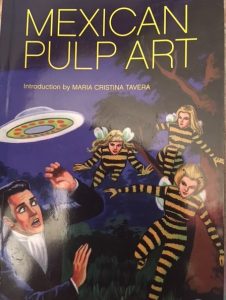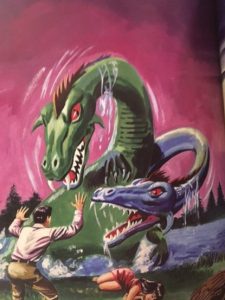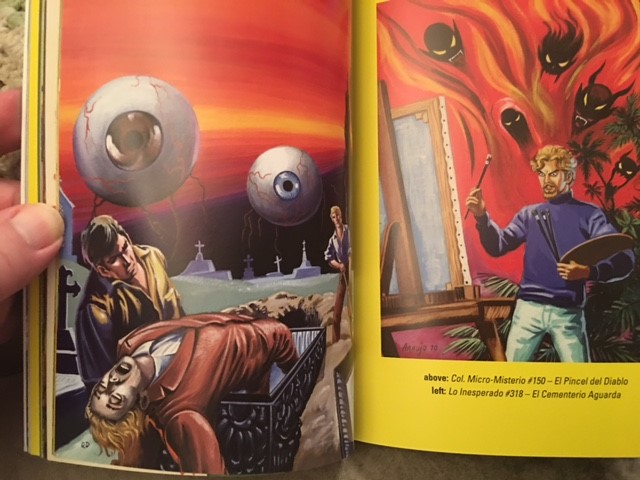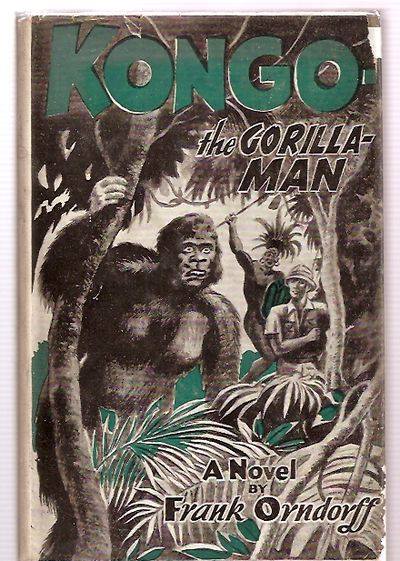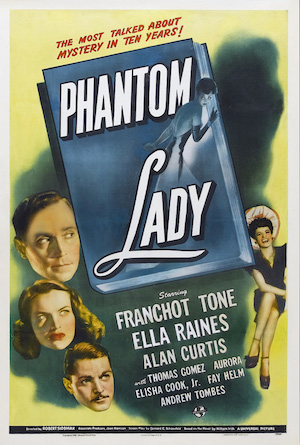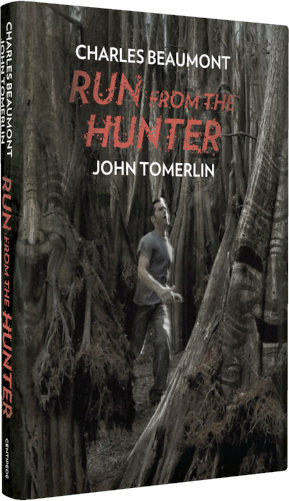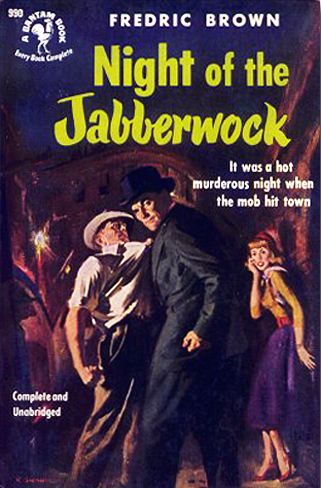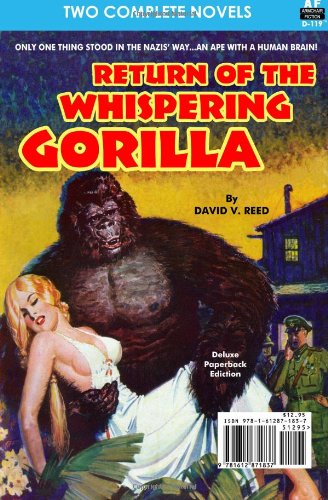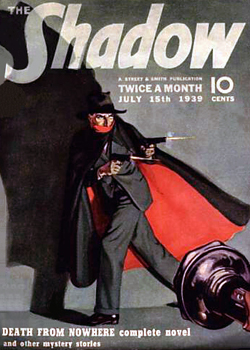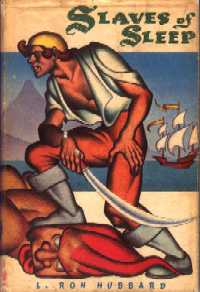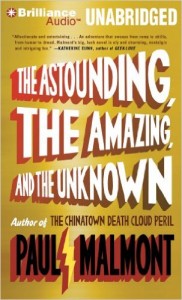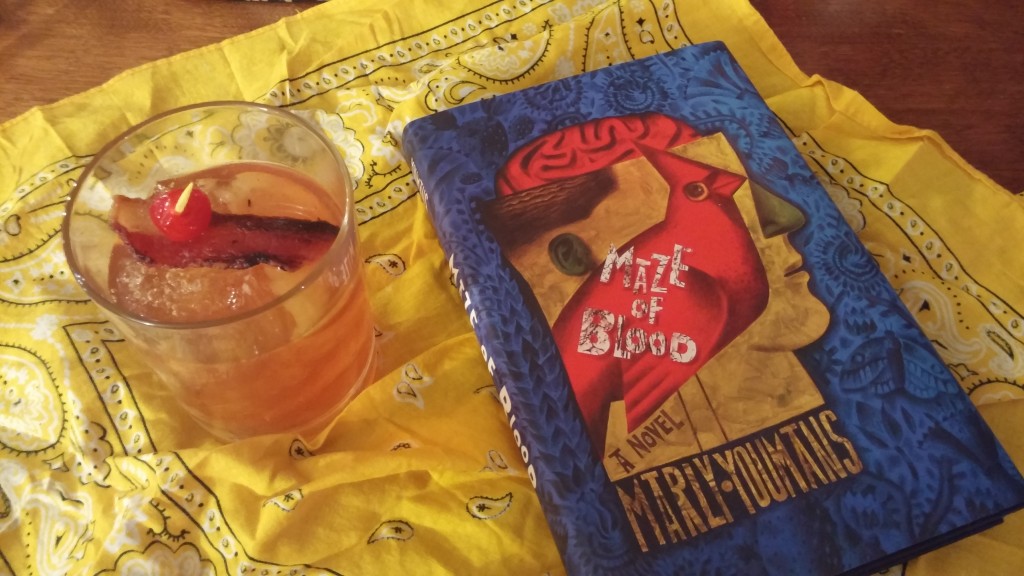
The Blood and Thunder cocktail and its literary inspiration.
Mark Finn is many things: author, actor, essayist, playwright and renown Robert E. Howard scholar — his Howard biography, Blood and Thunder: The Life and Art of Robert E. Howard, was nominated for a World Fantasy award in 2007. And I learned at the 2011 Armadillocon that Mark Finn also is one hell of a bartender. He took his role of toastmaster literally that year, shaking up signature cocktails during one of the room parties while wearing his signature fez.
As such, it only seemed natural for Mark to serve as my first Cocktail Hour guest bartender. Here, he pours us a bacon-spiked cocktail called the Blood and Thunder, inspired by Marly Youman’s recent novel Maze of Blood. Bottoms up!
Conall Weaver is tired. His mother is terminally ill, and he’s the only one who can care for her. His father, Doc Weaver, is one of several doctors living and working in Cross Plains, and he’s always making house call, delivering babies, tending to oil field injuries, and so on. So Conall has spent his adult life, scant as it is, tending to his mother’s needs as tuberculosis eats her away from the inside out. When she’s better, he can relax a bit. He can write. See, Conall Weaver is one of the greatest pulp writers of all time. His stories have appeared in Weird Tales and…oh, wait, you’ve heard this before, huh?
Well, think again. In Marly Youman’s Maze of Blood, we find the somewhat familiar life and times of Texas writer Robert E. Howard borrowed heavily from to prop up Youman’s magical realism novel, a dense and rich prose poem mash-up that reads fast and stays with you afterward.
If you don’t know anything about the life of Robert E. Howard (1906-1936), that’s okay. I wrote a book, and you can check it out here. For those of you who do know something about how one of Texas’ greatest writers spent his days in Cross Plains, this will feel oddly familiar to you. Youmans didn’t so much as borrow from Howard’s life and times as she simply filed off the serial numbers. This may only have been a problem for me, and I acknowledge that fully.
For fans of Conan, Bran Mak Morn, and the rest of Howard’s body of work, you’ll find no new insights here. Instead, you’ll see a man struggling with creative exhaustion, with his mother’s impending death, with rejection, and the grind of day-to-day living in a small Texas town as its sole creative artist. Divorced from Howard’s biography, Youmans has leave to explore some uncomfortable truths about those final days in a way that would be anathema to any die-hard Howard fan. But these are human truths, grounded in sweat and blood.
Youmans’ language is exquisite. She is clearly and obviously a poet, and her skill at choosing simple words to evoke complex pictures is well-served here. And, if I may be so bold, she knows a lot about Howard’s life, as well. I’m not sure if she’s a closet fan or an avid researcher. I’d like to find out what drew her to the subject matter. But Max of Blood is a transformative work, as each even in Conall’s life is given resonance and stories told to him are filtered through his experience and retold on the printed page. That’s the essence of understanding Robert E. Howard, and Marly Youmans gets it.
It was also nice to see her treating the delicate subject matter of Howard’s suicide with respect and gravitas. Her Conall Weaver isn’t so much like Robert E. Howard as the book goes on. Some of the more outlandish myths around Howard serve the fiction better than the man.
In the end, Maze of Blood is a book I would tentatively recommend to less-sensitive Robert E. Howard fans, and unreservedly recommend to lovers of magical realism and stories about writers telling stories. There’s a lot of layers in Maze of Blood, but it’s that complication that makes the novel so rewarding.
In Honor of Maze of Blood, I’m calling this twist on the Old Fashioned a Blood and Thunder. It uses bacon and more bacon. I shouldn’t have to explain to any of you why that’s wonderful.
BLOOD AND THUNDER
2 ounces bacon-infused bourbon (See recipe below)
1/4 ounce Grade B maple syrup
2 dashes Angostura bitters
A twist of orange
Optional cherry for garnish
Optional bacon slice for garnish
In a shaker, add 2 ounces bacon-infused bourbon, maple syrup, and bitters with ice. Shake for 30 seconds. Strain into a glass filled with ice. Squeeze the orange for a touch of acid, and garnish with the cherry and bacon.
BACON-INFUSED BOURBON
4 slices of bacon, thick cut (I use Wright’s Applewood Smoked Bacon)
1 bottle of bourbon (common wisdom says buy a cheap bottle, like Four Roses, but I think a Texas brand is appropriate for this. Pick Something you like.
Cook your bacon in a skillet and reserve rendered fat. When bacon fat has cooled a bit, pour off the fan into a non-porous container, like a glass bowl. Pour the whole bottle of bourbon into a non-porous container. Don’t worry if you have some bits of bacon in there. You can even add a cooked piece of bacon to this mix. Cover it with plastic wrap and let it hang out overnight at room temperature, at least 6 hours. Put the bowl in the freezer for at least 24 hours. I like 72 the best. Very bacon-y. Strain the fat off of the bourbon and run the bourbon through some cheesecloth to catch the globs and bits. When the bourbon is clean and free of debris, put it back in the bottle and be sure to label it with a “B” for bacon on the cap, or you will get a surprise if you’re not careful!
